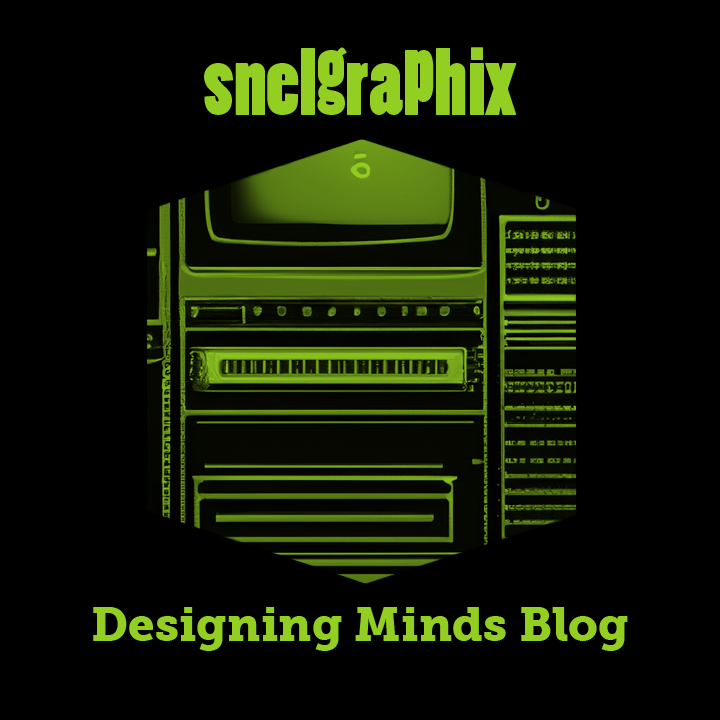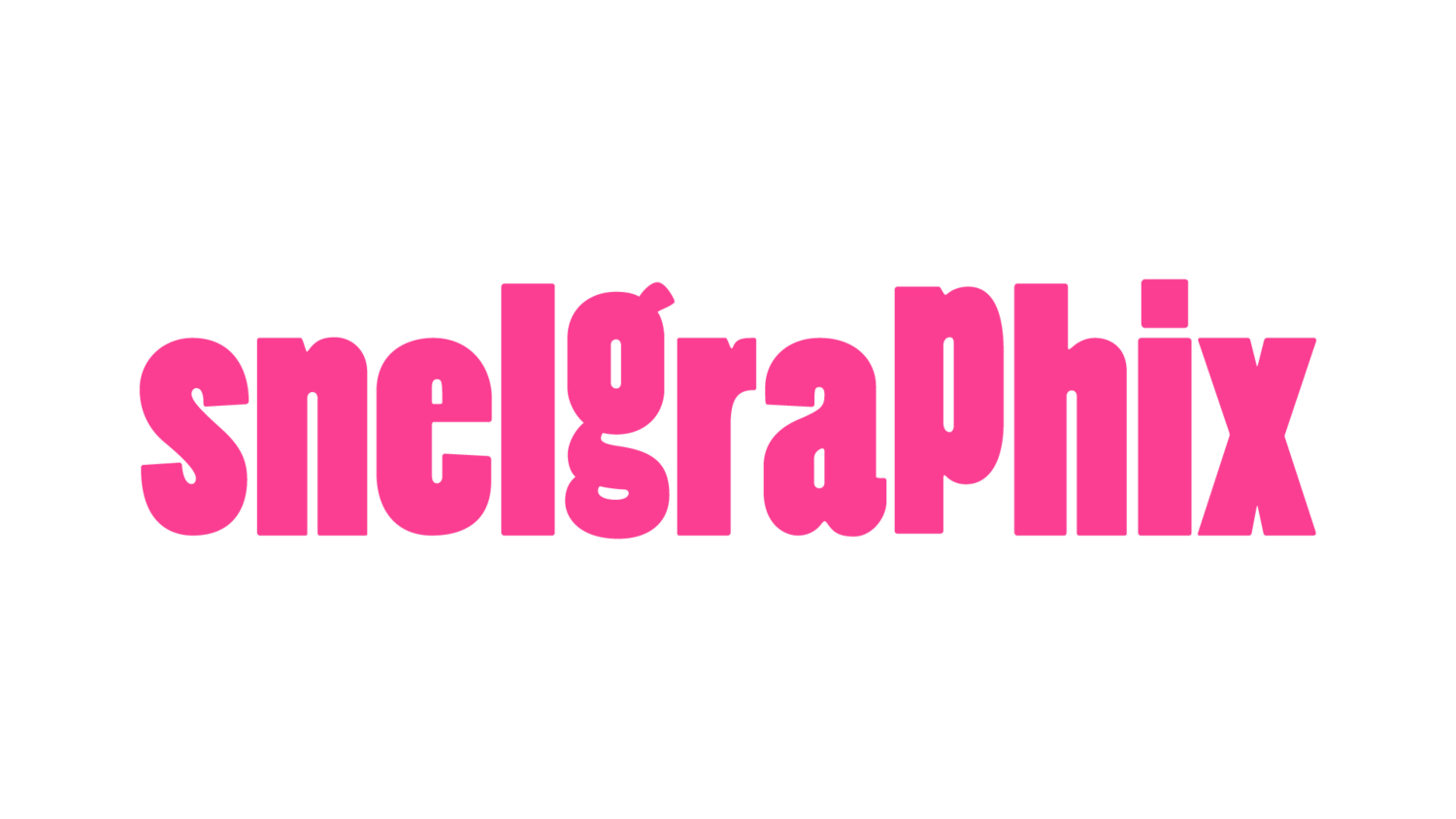Consumer Neuroscience and Neuromarketing
Branding Consumer Neuroscience
“Our brains react to our world in milliseconds—faster than we’re consciously aware. And much of what drives our everyday decisions, including what we’ll watch, talk about and buy, are the emotional responses that traditional self-report methods alone can’t measure. That’s where consumer neuroscience comes in, a field that Nielsen has been in for nearly 10 years. Through neuroscience, we help brands understand consumers’ non-conscious engagement and responses, which they can use to create stronger connections with their audiences.” • Nielson.com
Neuromarketing Introduction
Advertising designed to ignite cognitive functioning!
Marketing, neuroscience, and psychology are an explosive combination. Consumer communication and persuasion get blasted into the 21st century. Visual sizzle matters more than ever, and modern techniques make predicting demographic behavior more precise than ever before. Science and art join together to spark human imagination into an all-consuming blaze of successful advertising achievement.***
21st-Century Consumer Research
"Consumer research has existed for more than a century and has been well established as a combination of sociology, psychology, and anthropology, and popular topics in the field revolve around consumer decision-making, advertising, and branding. For decades, however, consumer researchers had never been able to directly record the internal mental processes that govern consumer behavior; they always were limited to designing experiments in which they alter the external conditions in order to view the ways in which changing variables may affect consumer behavior (examples include changing the packaging or changing a subject’s mood). With the integration of neuroscience with consumer research, it is possible to go directly into the brain to discover the neural explanations for consumer behavior. The ability to record brain activity with electrodes and advances in neural imaging technology make it possible to determine specific regions of the brain that are responsible for critical behaviors involved in consumption.
Consumer neuroscience is similar to neuroeconomics and neuromarketing, but subtle, yet distinct differences exist between them. Neuroeconomics is more of an academic field while neuromarketing and consumer neuroscience are more of an applied science. Neuromarketing focuses on the study of various marketing techniques and attempts to integrate neuroscience knowledge to help improve the efficiency and effectiveness of said marketing strategies. Consumer neuroscience is unique among the three because the main focus is on the consumer and how various factors affect individual preferences and purchasing behavior." • Wikipedia





















